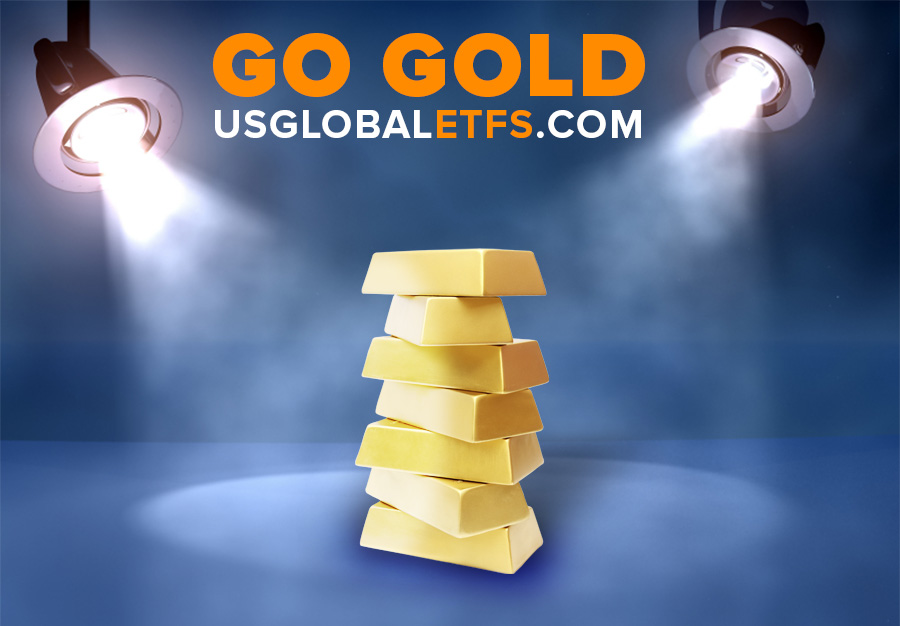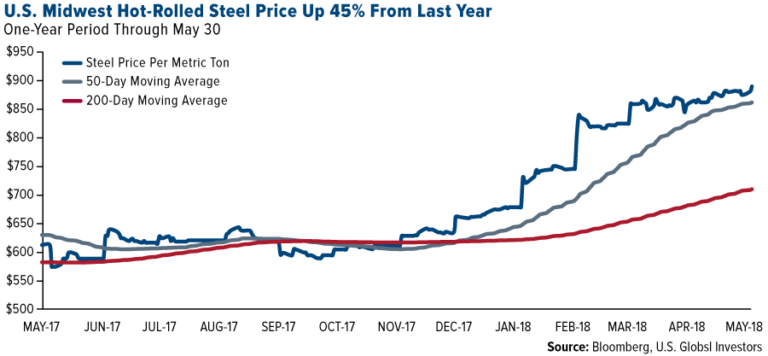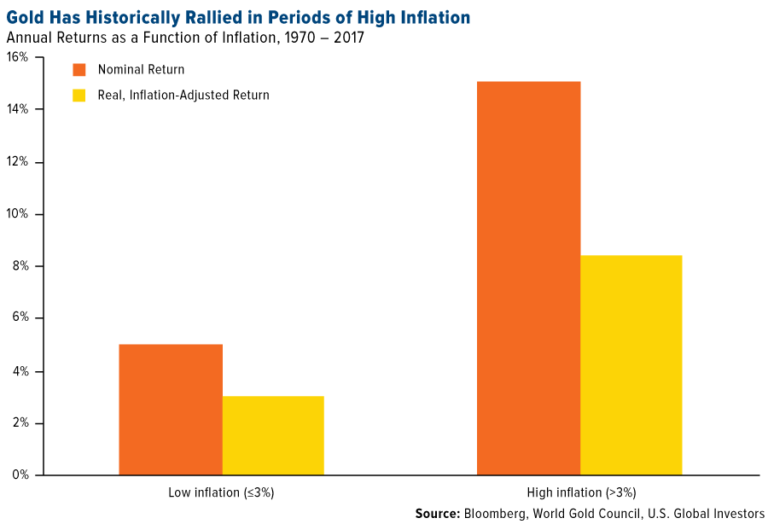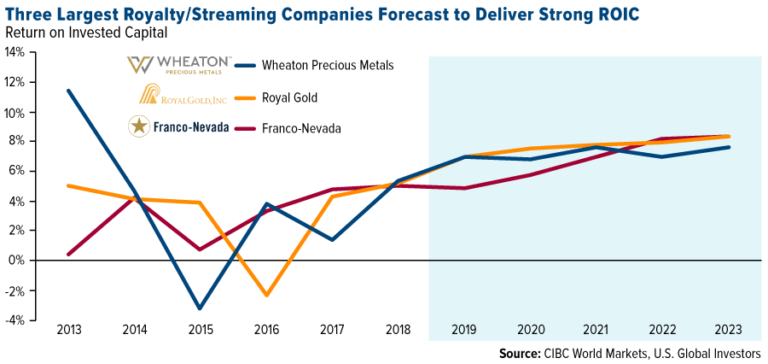
Ready for inflation?
Just days after Treasury Secretary Steven Mnuchin reassured markets that a trade war between the U.S. and China was “on hold,” the Trump administration announced that it would be moving forward with plans to impose 25 percent tariffs on as much as $50 billion worth of Chinese exports to the U.S. Beijing has already suggested that it will retaliate in kind.
The White House also reinstated tariffs on imports of steel and aluminum from Canada, Mexico and the European Union (EU) after allowing earlier exemptions to expire. Again, there’s a big chance the U.S. will see some sort of tit-for-tat response.
Steel prices were already up 45 percent from a year ago, as of May 30. The annual change in the price of a new vehicle in the U.S. has been dropping steadily since last summer, according to Bureau of Labor Statistics data, but with the cost of materials set to rise dramatically, we could see a price reversal sooner rather than later.

These policies will have a multitude of implications on the U.S. and world economies. What seems likely, though, is that prices will rise—for producers and consumers alike—which could be a headwind for continued economic growth.
Higher Inflation Has Historically Meant Higher Gold Prices
The good news in all this is that higher inflation has historically been supportive of the price of gold. In the years when inflation was 3 percent or higher, annual gold returns were 15 percent on average, according to the World Gold Council (WGC).

When gold hit its all-time high of $1,900 an ounce in August 2011, consumer prices were up nearly 4 percent from the same time the previous year. The two-year Treasury yield, meanwhile, averaged only 0.21 percent, meaning the T-note was delivering a negative real yield and investors were paying the U.S. government to hang on to their money. This created a favorable climate for gold, as investors sought a store of value that would at least beat inflation.
CIBC: Major Gold Firms to Generate Strong Free Cash Flow and ROIC
But gold bullion isn’t the only asset that investors might want to consider right now. We believe gold mining stocks also look attractive on improved fundamentals.
According to a recent report by the Canadian Imperial Bank of Commerce (CIBC), the “future looks brighter” for gold equities on improved free cash flow and return on invested capital (ROIC). Both factors are among our favorites. With gold trading near $1,300 an ounce, producers are currently posting positive margins, according to CIBC.
The bank has even better news for royalty and streaming companies, particularly Franco-Nevada, Royal Gold and Wheaton Precious Metals. For one, the three big royalty names delivered combined shareholder returns of 6.2 percent between 2013 and 2017, outperforming both senior producers and physical gold.
GO GOLD with Royalty/Streaming Companies
Now, CIBC forecasts that Franco, Wheaton and Royal Gold will generate strong ROIC, “steadily inching higher over the next decade… to average between the 5 percent and 8 percent mark from 2018 – 2023.” ROIC measures how well a company can turn its invested capital into profits.

Loyal readers already know we’ve long been fans of Franco, Wheaton and Royal Gold. Together, they make up a little over 30 percent of our U.S. Global GO GOLD and Precious Metal Miners ETF (GOAU), which provides investors access to companies engaged in the production of precious metals either through active (mining or production) or passive (owning royalty or production streams) means.
GOAU is the only gold ETF on the market today with such a significant weighting in royalty and streaming companies. According to a recent article by ETF Trends, the 30 percent weighting “could help investors better manage common risks associated with traditional producers, such as building and maintaining mines.”
See what other stocks round out the top 10 holdings in GOAU by clicking here!
Free cash flow is the cash a company produces through its operations, less the cost of expenditures on assets. In other words, free cash flow or FCF is the cash left over after a company pays for its operating expenses and capital expenditures or CAPEX.
Return on invested capital (ROIC) is a profitability ratio. It measures the return that an investment generates for those who have provided capital, i.e. bondholders and stockholders. ROIC tells us how good a company is at turning capital into profits.
